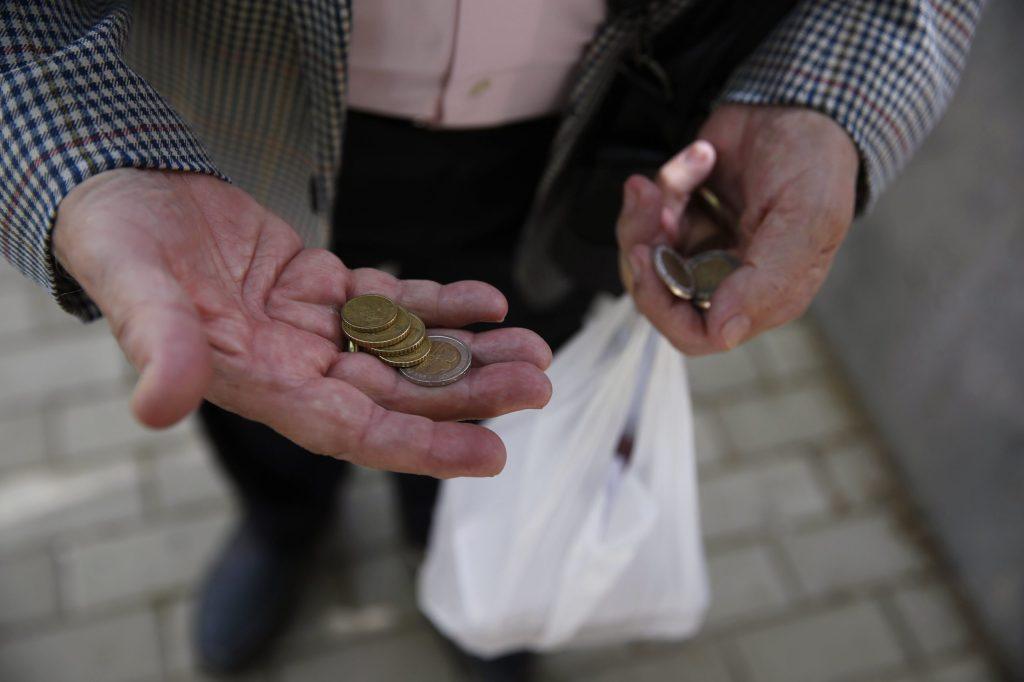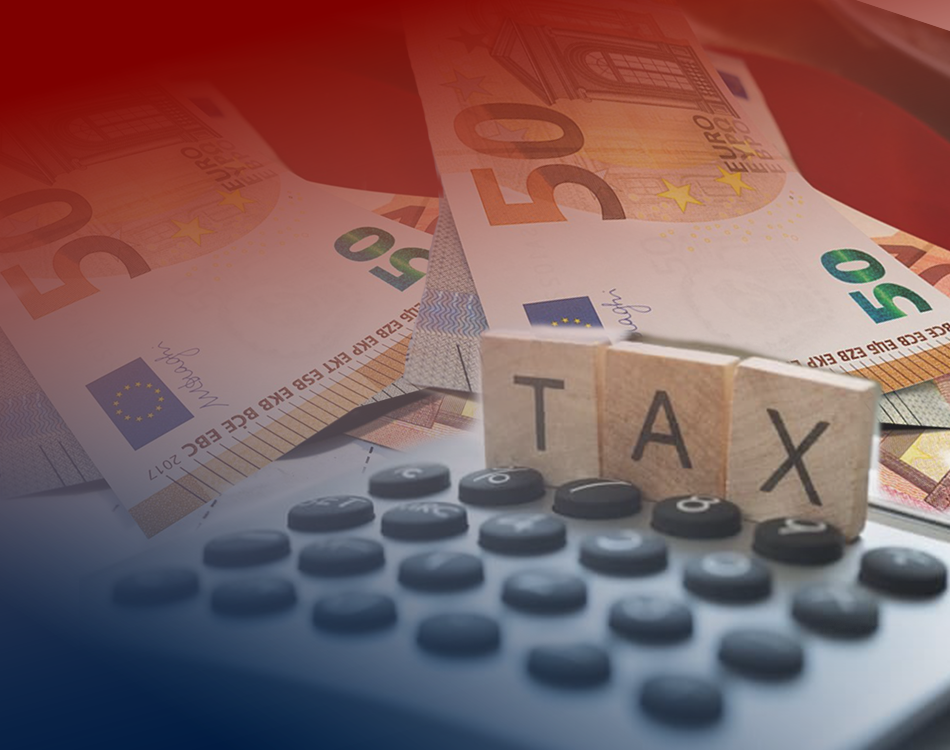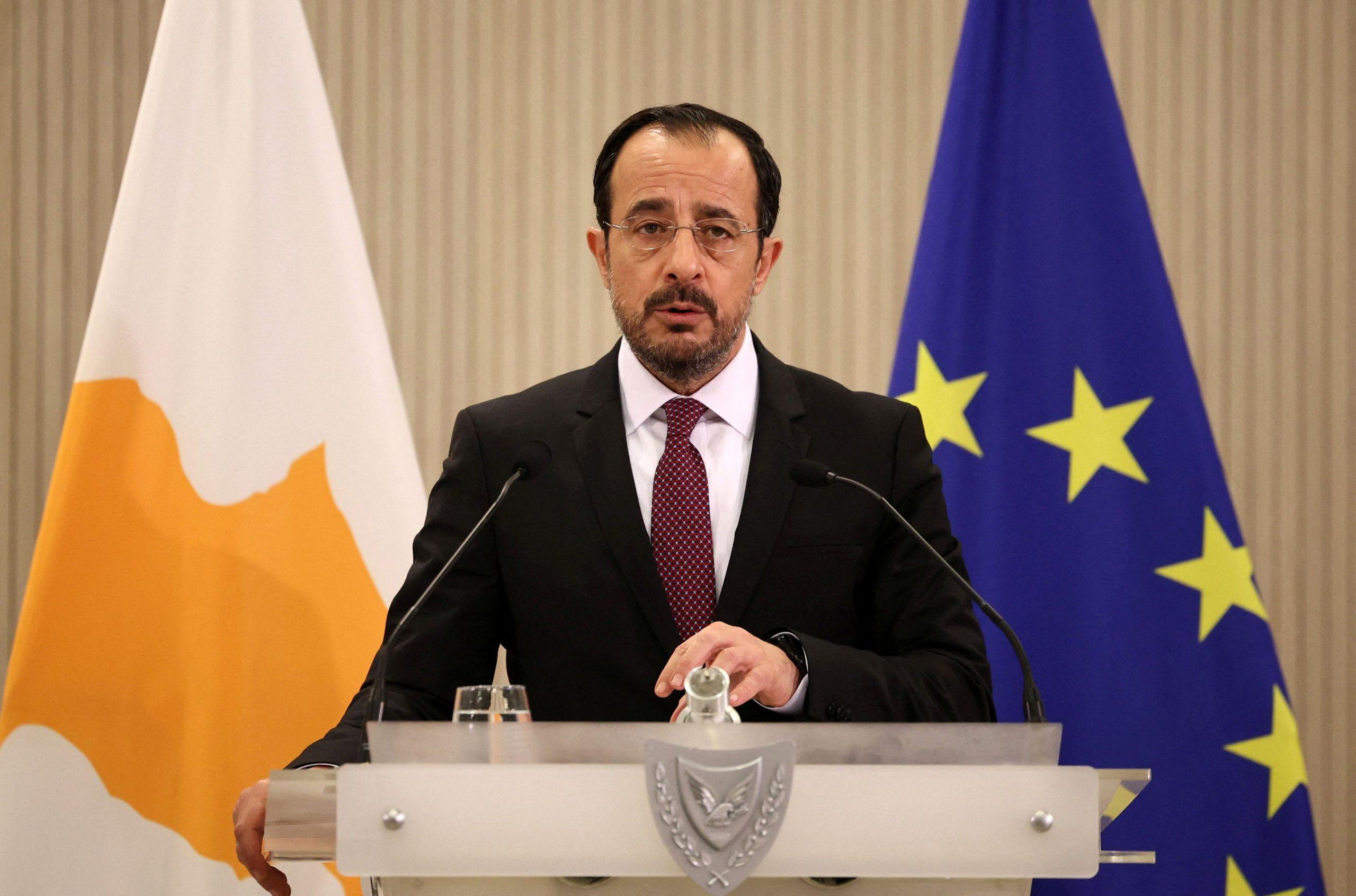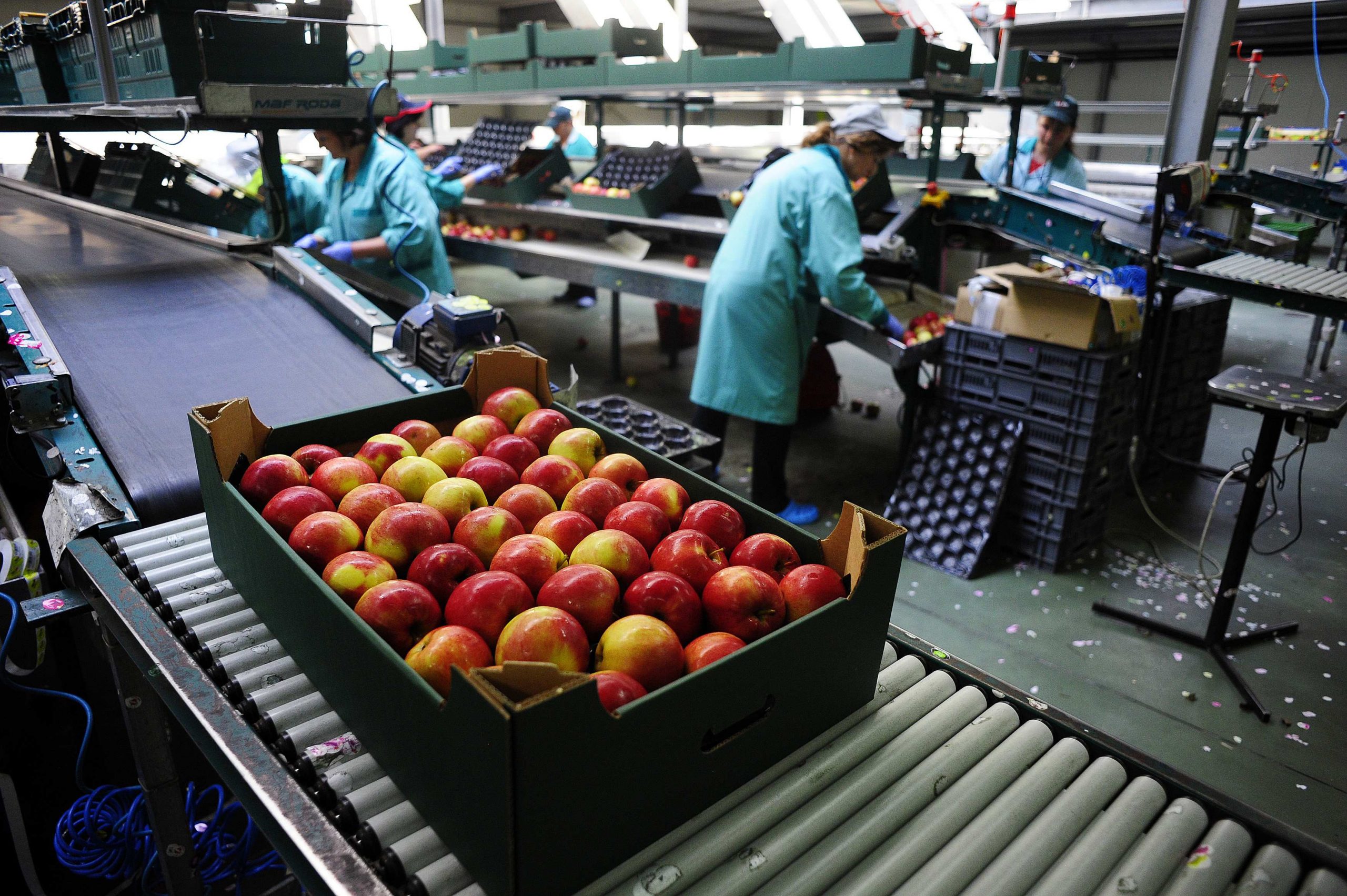Despite pockets of economic recovery, poverty remains a persistent and growing issue in Europe. According to the latest 2024 data from Eurostat, more than one in five Europeans—over 21%—are at risk of poverty or social exclusion. While this represents a slight decrease of 0.4% from 2023, experts warn that the change is largely superficial and does not reflect a meaningful improvement in living conditions.
A Worrying Trend Across the EU
Over the past three years, at least eleven EU member states have seen a rise in poverty levels. The situation affects vulnerable groups disproportionately, particularly women and young adults, who are more likely to face financial hardship and social isolation.
The European Anti-Poverty Network (EAPN) was quick to downplay any optimism sparked by the marginal drop in figures, stating: “There is no cause for celebration when food bank lines grow longer, more people sleep on the streets, and the demand for social welfare escalates daily.”
Greece Near the Top of the List
Greece ranks third among EU countries with the highest risk of poverty or social exclusion, with 26.9% of its population affected. Bulgaria tops the list at 30.3%, followed by Romania at 27.9%. These statistics highlight the regional disparities within the EU and underscore the continued struggle of Southern and Eastern European nations to provide economic security for their citizens.
In France, the poverty rate climbed to 15.4% in 2023—the highest level since 1996. This increase has hit single-parent families and children the hardest, although pensioners appear to be less affected.
Families with Children at Greater Risk
Households with dependent children face a particularly high risk of poverty. In Bulgaria, Romania, and Spain, over 30% of individuals in such households are affected. In contrast, countries with more advanced social safety nets—such as the Netherlands (13%), Cyprus (12.7%), and Slovenia (9.8%)—have significantly lower poverty rates among families with children.
Women and Youth Disproportionately Impacted
Poverty in Europe does not affect all groups equally. Women, young adults aged 18 to 24, people with low levels of education, and the unemployed are especially vulnerable.
For example, in Cyprus, 18.5% of women are at risk of poverty, compared to 15.6% of men. According to the EAPN, “Women continue to shoulder the burden of unpaid care work, while young people struggle to find stable employment and housing, especially in the wake of the pandemic and the ongoing cost-of-living crisis.”
Ethnic and Social Inequalities
In Italy, ethnic and social disparities are evident. In 2023, 30.4% of households with at least one foreign-born member were at risk of poverty, compared to just 6.3% of households made up exclusively of Italian nationals. Similar trends are observed in other EU countries, indicating the ongoing challenges of social and economic integration for immigrants and ethnic minorities.
A Call for Unified Action
The deepening poverty crisis across the EU calls for coordinated, long-term policy responses. Fragmented or temporary measures are no longer sufficient.
The European Anti-Poverty Network emphasizes the need for cohesive and forward-looking social policies. Key areas of focus must include equitable access to decent work and housing, reinforced public services, and targeted support for at-risk populations.
Source: tovima.com







































